Data can be encoded within mixtures of isotopologues of a carboxylic acid then decoded by analysing those mixtures with mass spectrometry, new research shows. The work illustrates how simple molecules can reliably store high density information.
Various information storage technologies, including electronic, optical and magnetic methods, have arisen from the exponential growth in global data. However, concerns surrounding data accuracy, stability and the potential for corruption through tampering means researchers are exploring molecular data storage as a potential alternative. For example, several teams around the world are trialling DNA as a medium for preserving digital information for future generations.
A team led by Andras Kotschy, from the Servier Research Institute of Medicinal Chemistry in Hungary, has now proposed using mixtures of isotopologues. These are molecules with the same chemical formula and bonding arrangement, but that differ in their isotopic composition.
Kotschy’s team chose 8‐acetamido‐4,6‐di(3′‐methoxypropyl)‐quinoline 2‐carboxylic acid to test the concept because it has 24 non-labile hydrogen atoms for hydrogen–deuterium exchange, allowing the synthesis of a broad range of isotopologues. In addition, its structure provides easily accessible principle building blocks that can carry a defined number of deuterium atoms.
The team employed Sonogashira coupling to synthesise 25 isotopologues, then prepared mixtures containing up to 10 different isotopologues via volumetric dispensing. Theoretically, they could create over 130 million different isotopologue combinations.
‘Each mixture has a different composition of isotopologues and consequently a different MS [mass spectrometry] spectrum, which we call a fingerprint,’ explains Kotschy. ‘With the performance of today’s equipment, we can reliably distinguish small differences in MS fingerprints, which means that we can store and read information in isotopologue mixtures.’ By comparing measured fingerprints of the mixtures with theoretical predictions, the team confirmed that they could accurately identify the composition of the mixture.
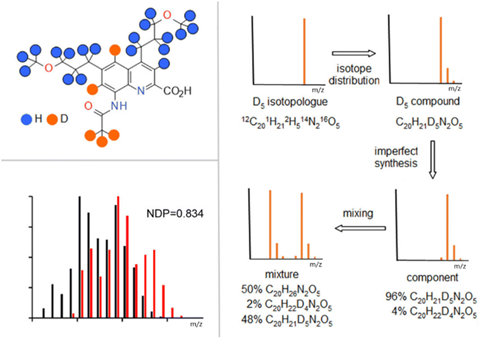
Moreover, the technique is compatible with covalent tagging. By labelling a mixture containing four isotopologues with 1-aminomethyl-napthalene via amide coupling and measuring the fingerprint of the product, they showed that tagging does not corrupt the isotope ratio code.
‘Although isotope labelling has been very widely used by scientists for almost a century, what’s clever about this study is that if we take this idea seriously there’s still plenty of opportunity to explore the fundamental limits,’ says Caj Neubauer, an expert in isotope ratio mass spectrometry from University of Colorado Boulder, US. ‘By making specific chemicals or mixing chemicals that have been tagged in smart ways, imagine what kind of information density we could encode. That’s just fascinating.’
While achieving 100% deuteration efficiency and applying the concept to other molecules are now on the team’s agenda, Kotschy also looks forward to the future: ‘I dream of a software where the user inputs the MS spectra of the compounds that he/she wants to use for information encoding and the amount of information to be encoded, and the software returns a coding table matching the requirements.’




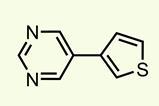
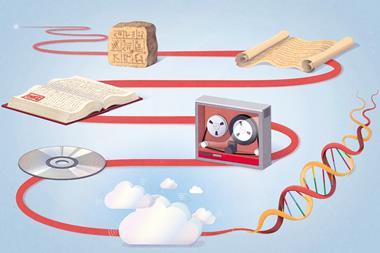
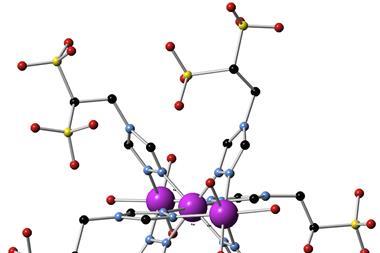
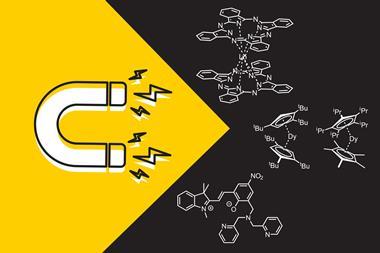
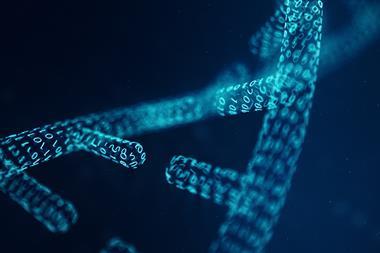
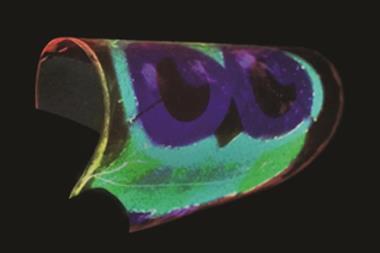


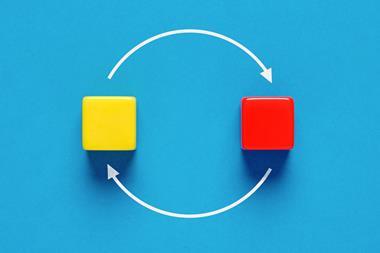


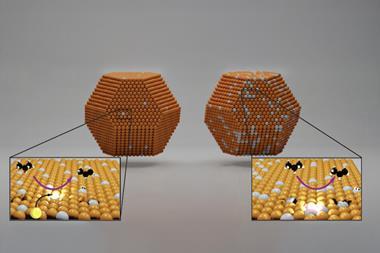
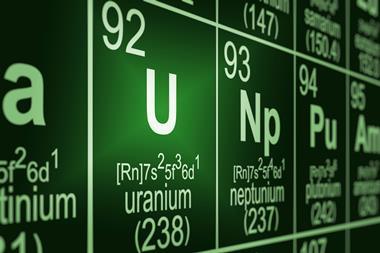
No comments yet